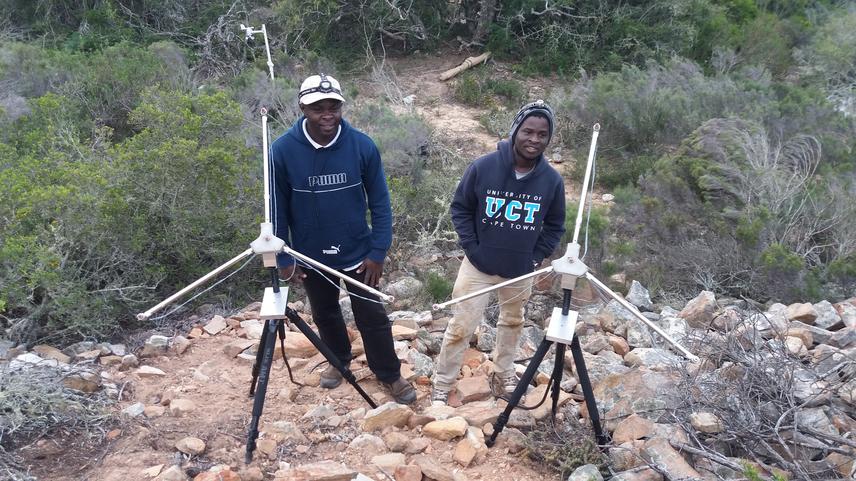David Wechuli
Other projects
15 Sep 2021
Sustainable Ecotourism and Conservation of Threatened Harrison’s Giant Mastiff Bat at Mount Suswa Conservancy, Kenya
11 Jan 2023
The Conservation of Threatened Harrison’s Giant Mastiff Bat at Mt Suswa Conservancy, Kenya
This study will investigate the influence climatic variations on call intensities (hence foraging efficiency) of bats species across biomes differing in temperature and humidity in South Africa. The project will also further the progress of bat conservation awareness to local communities. Specifically, this project will compare echolocation calls among different bat assemblages in six different biomes; relate temperature, relative humidity and atmospheric pressure data to echolocation calls; measure the intensity (source levels) within and among species across biomes; identify and map threats to the natural habitats that will help assess the conservation needs and; promote conservation awareness and where necessary augment local knowledge on ecological and economic importance of bats.

The many ecosystem services provided by bats are likely to be severely and detrimentally impacted by, human-induced climatic changes that are likely to impair the operational range of echolocation systems of entire bat species communities. Climatic variables affect the propagation of bat echolocation signals through the atmosphere. This effect can be monitored through the ways in which bats change their echolocation parameters e.g. intensity and frequency in different habitats. However, little work has been done in this regard. Call Intensity is an ecologically crucial parameter, as it determines prey detection distance. Intensity of echolocation signals is subject to atmospheric attenuation as the signals are propagated through the physical environment and this limits the effective range of prey detection and ultimately affects the bat’s foraging success. Using the innovative eight-channel multiple microphone array system, bat echolocation calls will be recorded in six biomes across South Africa. To measure intensity, one needs to know where the bats is in relation to the microphones when it emits each signal because distance to the microphone or whether the signal is on axis to the microphones can affect the measured intensity. The differences in the arrival times of calls at each microphone on the array will be used to plot the bats’ flight paths in three dimensions in relation to each array. Temperature, relative humidity, air pressure, wind speed, and wind direction will be recorded during every recording session using a portable weather station.
From this project, new information on echolocation intensities and detection distance of prey of bats will be assembled. Monitoring species behaviour provides a valuable research tool for environmental impact assessments on bats. The results will have direct applied value by facilitating a better understanding of how these bat assemblages will likely be affected by global climate change. Hence promote wider conservation awareness and participation of leaders of bat interest groups, community members and wind energy stake holders.